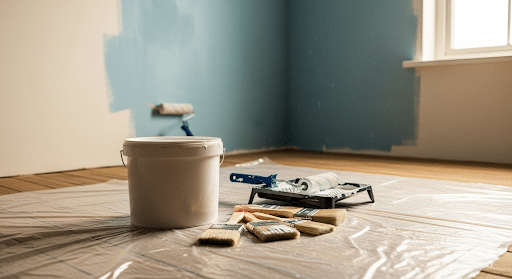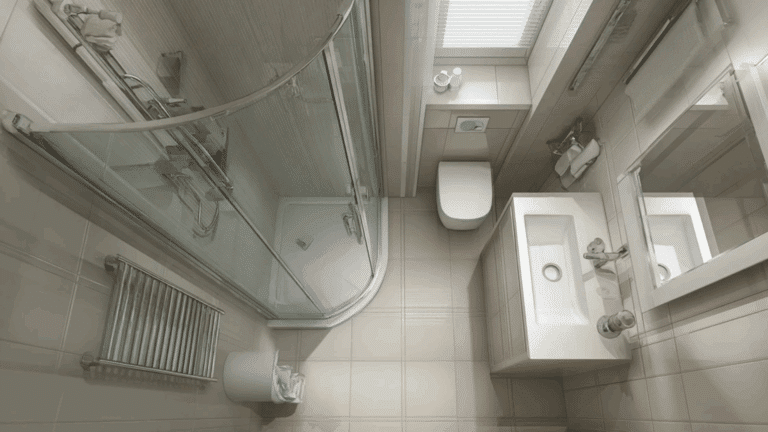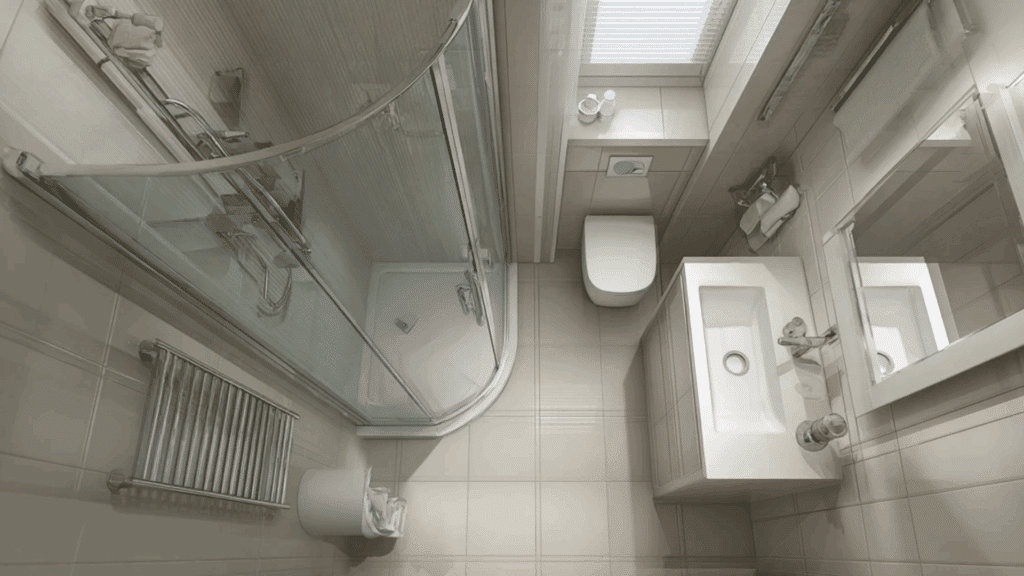There’s something weird that starts to happen in your 30s and 40s—and no one really tells you it’s coming. One day, your skin is fine. Pretty good, even. Next, it’s like your glow packed its bags and left. You didn’t change your routine. You’re still using the same products. But suddenly things look… dull. Drier. A little off.
This shift doesn’t come with a dramatic headline. It shows up quietly: a pimple that takes two weeks to heal. A patch of dryness that makeup clings to. Skin that feels tight in the morning and greasy by lunch. It’s easy to brush it off or keep piling on products, hoping something will click. But the truth is, your skin is just changing. And that’s normal. What’s not normal is acting like it’s a problem to fix, instead of a phase to understand.
Here’s how to work with the changes—not against them.
Your Skin’s New Personality Isn’t Bad—It’s Just Honest
In your teens and 20s, skin usually bounces back fast. You could sleep in makeup, survive on instant noodles, and still wake up with a glow. But by your 30s, your skin starts revealing how you treat your body. It’s not punishing you. It’s just being more honest.
This can look like a sudden sensitivity to products you’ve used forever. Or a feeling that your skin is drier but still breaks out. The texture might feel rougher. You might notice fine lines where there were none before, even when you’re well-rested. It’s not a crisis. It’s just new.
What your skin wants now isn’t drama—it’s support. Not the harsh scrubs and stripping toners you used when you were 20. Think moisture. Think protection. Think slower, softer, and more balanced. When you stop chasing a finish and start listening to your face, it becomes easier to give it what it actually needs.
The Supplements That Help Behind the Scenes
You don’t have to overhaul your whole life to support your skin. But there’s something to be said for helping from the inside out. Not in a gimmicky way—but in a way that fills in the gaps.
This is where healthy aging supplements actually shine. They’re not magic pills. They’re helpers. And for a lot of people, they make the difference between skin that struggles to keep up and skin that quietly holds its own. You might not notice overnight results—but after a few weeks, there’s a shift. Your skin feels more hydrated without constant creams. Your tone looks more even. Your sleep gets better, which helps your skin even more.
It’s like adding a backup singer to your skincare routine. You’re still doing the main work—but now you’ve got something behind you, keeping the harmony smooth. No one has to know you’re taking them. But you’ll know. Your mirror will know. And that’s enough.
The Skin Issues That Sneak In Quietly
People talk a lot about wrinkles, but honestly? That’s not the hardest part. What sneaks up faster—and feels more annoying—is the loss of texture and bounce. Your skin doesn’t feel “bad,” but it doesn’t feel like you anymore. You can layer serums all day and still feel a little meh. That’s not vanity. That’s just change.
It’s around this time that inflammation shows up in ways you don’t expect. Not just redness or irritation—sometimes it’s puffiness. Sometimes it’s skin that looks tired even when you’re not. This is often tied to stress, hormones, food, and sleep—yes, even when you think you’re doing everything right.
That’s why being aware of common health issues for women makes a real difference. Skin isn’t a separate thing. It’s tied to your gut, your cycle, your stress response, your blood sugar. If your skin’s been off and nothing topical is helping, it’s time to zoom out. Look at how you’re living. Look at what you’re eating. Look at whether your nervous system is calm or constantly fried. Skin reflects all of that.
Why Your Old Products Might Be Messing You Up
It’s easy to cling to the stuff that used to work. Maybe you loved that foaming cleanser or that matte foundation that never moved. But if your skin has shifted, those same products might be doing more harm than good.
Cleansers that strip oil too aggressively can leave skin tight and reactive. Harsh exfoliants that used to make you glow can now cause tiny breakouts or irritation. Full-coverage makeup that once looked flawless might now sink into lines or flake off midday.
That doesn’t mean you need to spend a fortune replacing everything. It just means you need to check in. Does your skin feel soft after cleansing—or squeaky? Does your foundation enhance your texture—or highlight it in the worst way? Small switches, like moving to a creamier cleanser or adding a hydrating mist, can make a bigger difference than a new $200 serum.
And sometimes, it’s about subtraction, not addition. Removing the thing that’s secretly messing you up can create more change than layering five new steps on top.
Little Habits That Actually Help
You don’t need a twelve-step routine or a bathroom full of jars to feel good in your skin again. What you need is rhythm. Small, daily care that doesn’t feel forced. Washing your face gently at night, even when you’re tired. Swapping that third coffee for water because your skin is showing dehydration. Getting outside more, so your body can reset.
It can be as simple as going to bed 30 minutes earlier. Or cutting back on the constant experimenting and just giving your skin time to breathe. The best habits aren’t the flashy ones. They’re the ones that feel doable and honest. And when they add up, you feel better—not just in your skin, but in your whole body.
Your Skin Isn’t Failing You—It’s Talking To You
If your skin feels different these days, it’s not a sign you’re doing something wrong. It’s a sign that something’s shifting—and that you get to shift with it. That’s not something to fear. It’s something to work with.
Support it gently. Back it up from the inside. Let go of what doesn’t serve you. And most of all, stop expecting it to look like it did when you were 22. You’re not trying to go backward. You’re just trying to feel good in your skin now. And that’s something worth showing up for.















